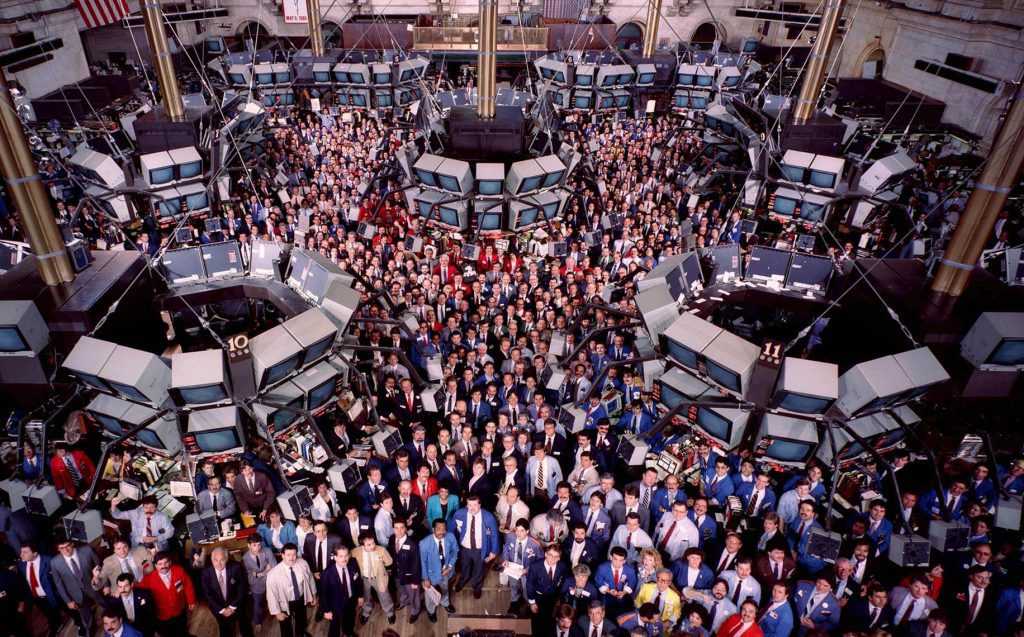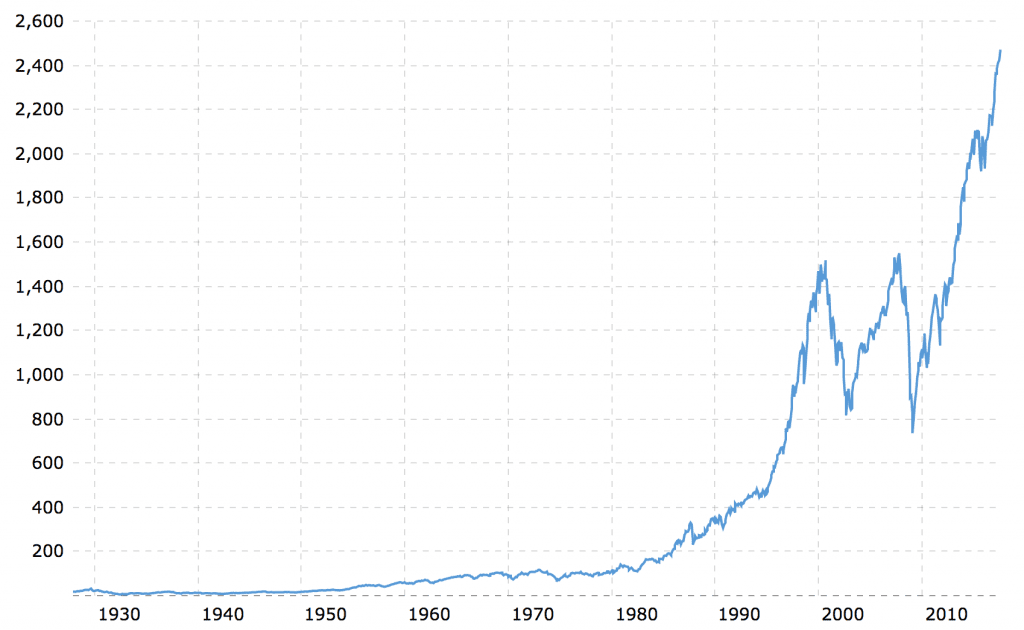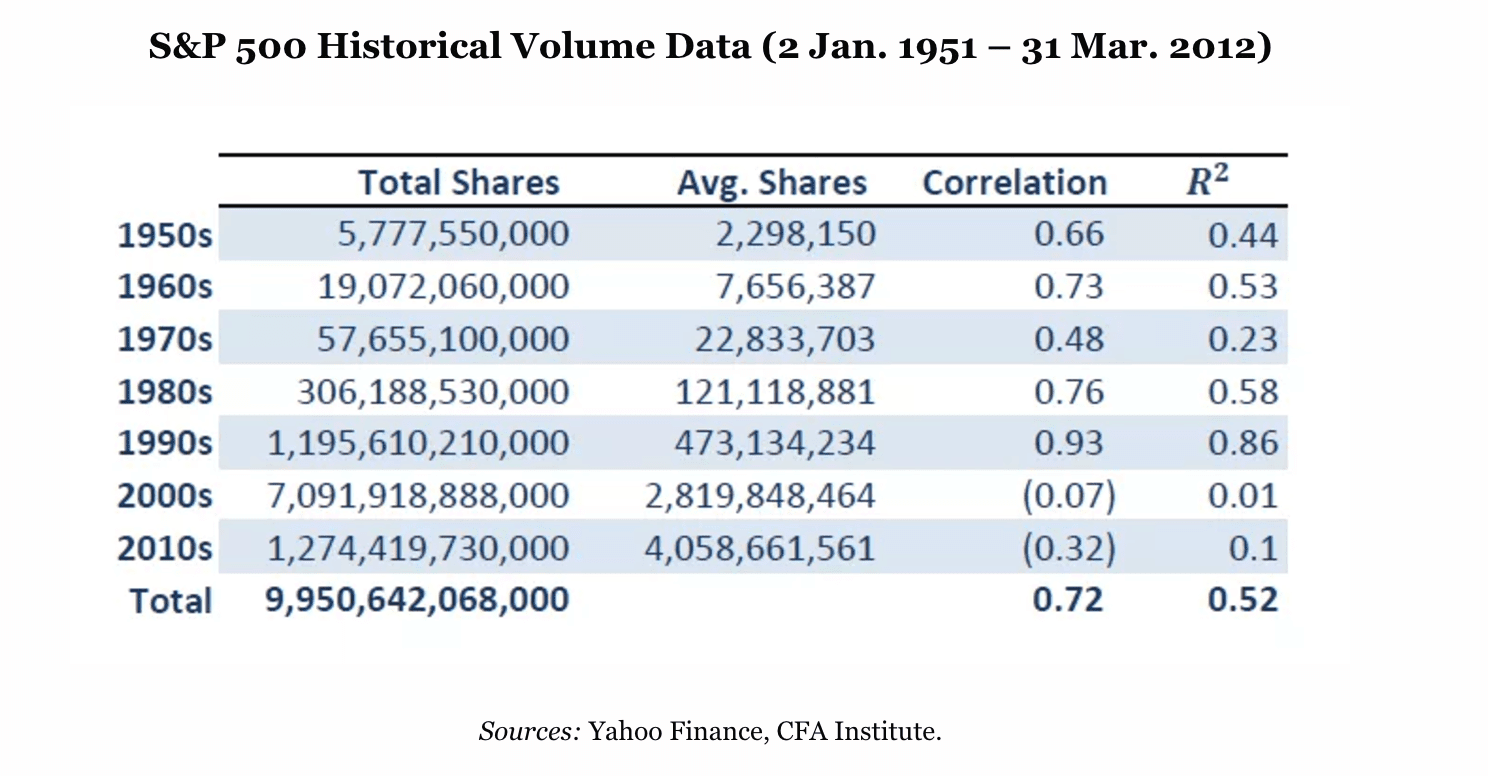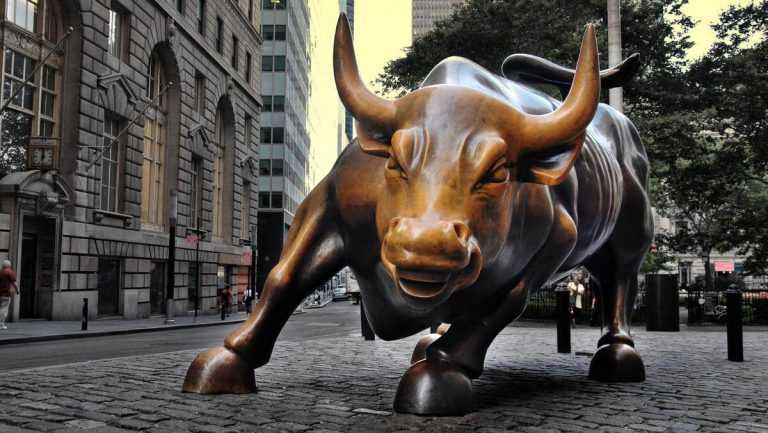Investing in the stock market can seem intimidating to novice traders. However, this asset class is not as scary as it may seem and can be a viable alternative to, say, Forex trading. Let’s have a look at the basics of stock trading that may be useful in planning a trading approach.
What is a stock?
A stock, also referred to as a share, represents fractional ownership of a company. When you buy a share of a company, you are buying a small piece of ownership of that business. Companies raise capital for their business needs by issuing shares to the public.
IPO
To raise capital and stimulate further growth, companies that want to go public execute an initial public offering (IPO), carried out by the means of an underwriter and a stock exchange. Both institutional and individual investors can participate in the IPO. After the IPO, the company will be traded on the corresponding stock exchange and all investors will be able to buy and sell its stock.
Companies use raised capital to grow their business. When the IPO is finally completed, shares of the company continue will be traded between external buyers and sellers. Shares traded during the IPO are referred to as the “primary” trading market. Shares traded after the IPO between external buyers and sellers are referred to as the “secondary” trading market.
Stock exchange
Shares are bought and sold on stock exchanges, with the New York Stock Exchange being the world’s largest one. During the IPO, the stock exchange acts as the middleman between the company issuing the shares and the public. In all other cases, the exchange acts as the intermediary between buyers and sellers of shares.
After the IPO, traders and investors continue to buy and sell the shares of the company on the exchange, however, the company no longer receives any proceeds from this trading.
Orders
The stock market used to be a physical place where investors would meet to buy and sell shares – implemented through trading floors across the globe, for example in New York, London and Tokyo. Stock prices used to be negotiated between buyers and sellers in an ongoing open live auction.
Today, most trading is carried out online. Buy and sell orders are placed through brokers – who in turn interact with the stock exchange and execute orders for investors. Most trading orders are processed through electronic systems and algorithms that determine in what sequence orders are executed.

Ticker symbols
When learning the basics of stock trading, it’s important to understand the concept of tickers. Stocks are listed by what is known as “ticker symbols”, also referred to as “tickers”. These short codenames make the research and communication process easier for all parties involved in trading.
For example, the ticker symbol “MSFT” refers to shares of Microsoft. This system avoids ambiguities – when you see a price quoted from MSFT or a news article referring to MSFT stock, you can rest assured that both of them refer to the same asset – Microsoft shares.
Indices
Market participants track well-known stock market indices as an indication of the market’s overall performance. The three most popular is the Dow Jones Industrial Average, (referred to as the Dow), S&P 500 and Nasdaq Composite.
Dow Jones is an index tracks the performance of top-30 US companies. S&P 500 follows the 500 biggest US enterprises by market capitalisation. Nasdaq Composite measures evaluates companies listed on the Nasdaq exchange – and is therefore heavily biased towards the hi-tech industry.

Trading volume
Daily volume is the combined volume of all trades carried out within a day. Stocks that have high daily volume are preferred by most investors because high volume is synonymous to liquidity. This means that traders can buy and sell shares easily. When volume is low, an investor may not be able to buy and sell shares when he desires.

Aided by a boom in technological infrastructure and wealth, trading volumes have been growing rapidly each decade.
When to buy stocks?
What is usually the reason to buy shares? Investors buy stocks when they believe that they will go up in price over time. You can see on the S&P 500 graph above that eventually, stocks in general show impressive results. Many investors buy several stocks, thus creating a portfolio, to control the risk-return ratio better.
Dividends
Many companies, especially mature ones, pay dividends to shareholders. A dividend is a share of a company’s profits, which is paid regularly to investors – usually quarterly. Dividends DO NOT depend on the fluctuations of the share price.
While the share price depends on buying and selling pressure, the dividend depends on internal profit-making performance as well as the dividend policy – the company may choose to reinvest all profits rather than distribute profits as a dividend.
Stock price fluctuations
When exploring the basics of stock trading, it’s crucial to note that share prices can move fast for a number of reasons. These include political factors, economic factors, social changes, natural disasters, news coverage, investors’ expectations and many more. Overall share prices fluctuate based on how these factors impact demand and supply shares. If supply exceeds demand, stock prices will tend to fall, and when demand exceeds supply shares prices can be expected to rise.
When trading stocks, the difficulty lies in identifying when demand and supply in the market will shift and to what extent – a large part of which is based on investor psychology. Identifying fundamental value opportunities in certain businesses is only one part of the equation. Anticipating external events and investor sentiment are also core components to identifying stock market opportunities.
On the IQ Option platform, you have an opportunity to trade CFDs on shares of the world’s most popular companies. To do so, click on the ‘Open new asset’ button and choose stocks from the list of available options.

